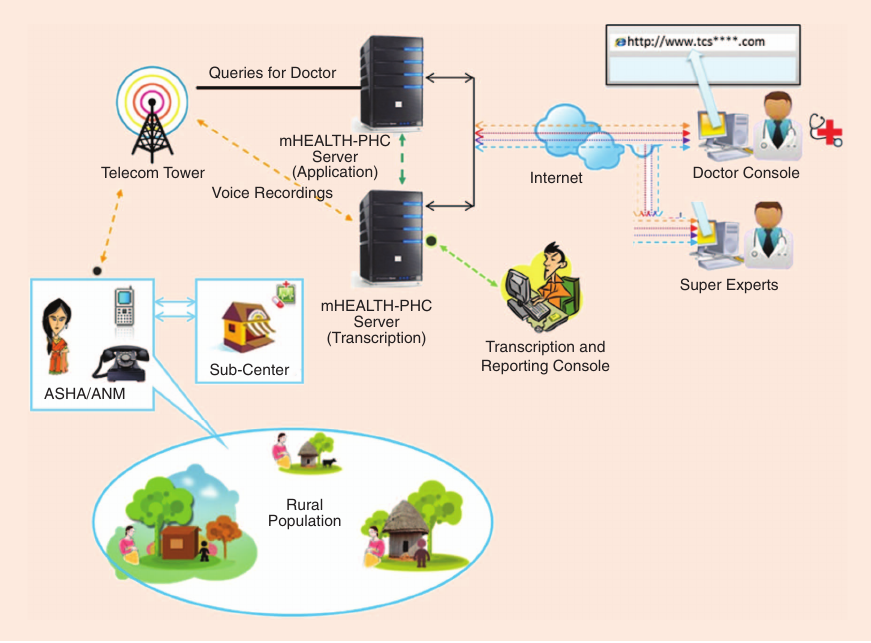mHEALTH-PHC: An ICT Tool for Primary Healthcare in India
By N. Bondale, S. Kimbahune, and A. Pande
NOTE: This is an overview of the entire article, which appeared in the Fall 2013 issue of the IEEE Technology and Society Magazine.
Click here to read the entire article.
In 1946, the Bhore committee (also known as the Health Survey and Development Committee) recommended a primary healthcare strategy for India with an emphasis on the integration of curative and preventative medicine on all levels. Primary Healthcare Centers were established and, sixty-seven years later, all states throughout India now have a Primary Healthcare System in place. In April 2005, the Government of India launched a program called the National Rural Health Mission whose goal it is to reduce infant, child, and maternal mortality by promoting newborn care, immunization, antenatal care, institutional delivery, and post-natal care. The Mission is run by the Reproductive and Child Health (RCH) program which is implemented through the Primary Healthcare Centers (PHCs) and Sub Primary Healthcare Centers in rural India.
As one can imagine, there are many challenges to delivering quality healthcare from the Centers to the rural communities, among which are the lack of transport and approach roads, the secondary status of women in the community, preferences for a male child, short birth intervals, inadequate immunization coverage, socio-cultural practices, and poverty. In response to these challenges the mHealth-PHC platform shown below was designed.

The key contact with the target population is a social health activist, who is equipped with a mobile phone which has Interactive Voice Technology transcription software. The reports of the activist are available to medical and auxiliary staff (e.g., midwives) at a healthcare center. Doctors and medical experts provide support and services at centralized locations.
The article explains this structure, describes field experience in its implementation, and concludes with a vision for its future.
ABOUT THE AUTHORS
N. Bondale (nandini@tifr.res.in) is with the School of Technical and Computer Science, Tata Institute of Fundamental Research, Mumbai, India
S. Kimbahune (sanjay.kimbahune@tcs.com) is with TCS Innovation Labs, Tata Consultancy Services, Mumbai, India
Arun K. Pande (drarunkpande@gmail.com) is Director, IT Innovation for Masses.






